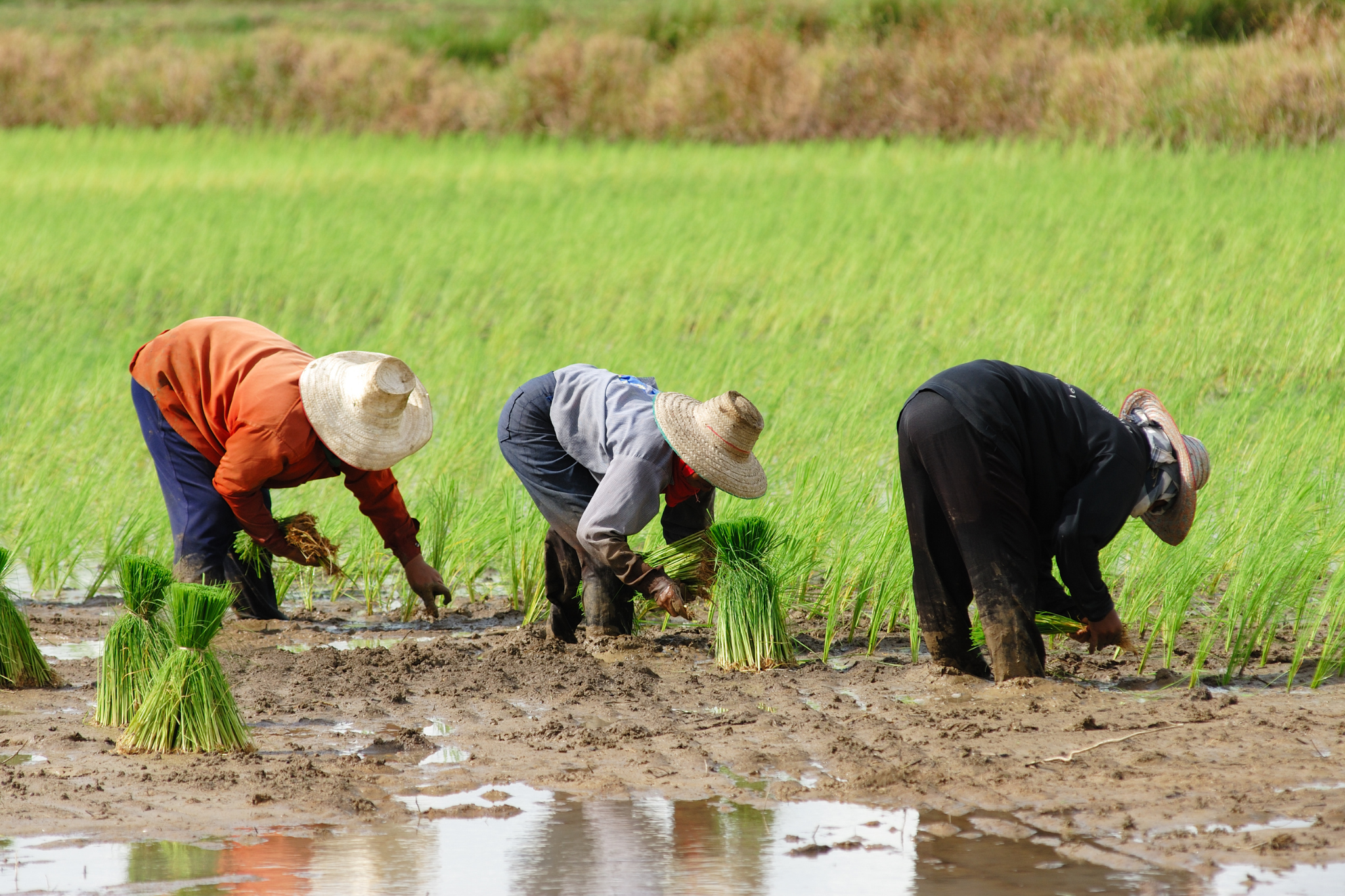
The Philippines must build a resilient agricultural sector to ensure long-term food security, economic stability and inclusive job growth amid extreme weather.
Agriculture Secretary Francisco P. Tiu Laurel Jr. said transforming Philippine agriculture was no longer optional, but essential.
“As increasingly erratic weather patterns―typhoons, droughts, and shifting seasons―upend farming routines, the country’s food producers are left vulnerable,” he said.
“In the Philippines, climate change is not an abstract concept. Our farmers live with its impact every day,” he said. “From typhoons that devastate harvests to droughts that parch fields to unpredictable seasons that unsettle even the most experienced growers… these phenomena are occurring more frequently. That is a clear warning that our agricultural practices must change as well.”
The Philippines is an archipelagic nation situated along the Pacific Ring of Fire and directly facing the Pacific Ocean―both sources of extreme weather.
Tiu Laurel Jr. stressed the urgent need for the Philippines to adopt sustainable farming practices in light of intensifying challenges posed by climate change, population growth and shrinking farmlands.
“These challenges are not distant threats,” the DA chief told the recent 2025 Sustainable Agriculture Forum hosted by the European Chamber of Commerce of the Philippines.
“They are here now, testing the resilience of our food systems and urging us to act with urgency and vision―one more creative and adaptive than ever before,” he said.
Among the Department of Agriculture’s responses are adaptive, climate-smart innovations aimed at boosting both resilience and productivity. These include revised cropping calendars, greenhouse farming with fertigation systems, and alternate wetting and drying technologies for water conservation.
The DA is also rolling out mobile soil laboratories to optimize land use and improve yields.
Central to this shift is the promotion of precision and regenerative agriculture. These methods help farmers use fewer resources while increasing output and minimizing losses.DA News
Advanced tools like artificial intelligence-powered analytics and digital farm management systems are being introduced to support smarter, data-driven decisions.
Attracting younger generations to farming is equally critical, the DA said.
With the average age of Filipino farmers now over 55, Tiu Laurel stressed the importance of programs that make agriculture “aspirational” again―such as startup incubators, digital mentorships, and scholarship opportunities.
“Technical solutions alone are not enough,” he said. “Building resilience also means investing in the people who feed us.”
The DA is also expanding crop insurance coverage, improving early warning systems, and providing localized climate advisories to empower farmers with timely, informed choices.
Public-private partnerships,Tiu-Laurel added, are essential to scaling up these efforts. Collaborations with agribusinesses, financial institutions, and global partners aim to co-develop inclusive value chains, widen access to capital, and bring modern technologies even to smallholder farms.
“Our Agri-Puhunan at Pantawid Program provides affordable, insured loans and a ready market to ensure stable farmer incomes,” he said. “Currently piloted for rice, it will soon expand to other agricultural sectors.”
Ultimately, Tiu Laurel said, the future of Philippine agriculture will be shaped by the choices made today. By embracing innovation, supporting its farmers, and building strong cross-sector partnerships, the country can create a food-secure future that is economically robust and environmentally sound.
SOURCE: Manila Standard